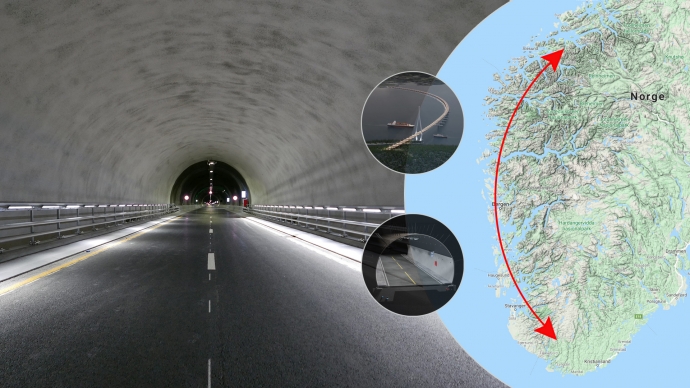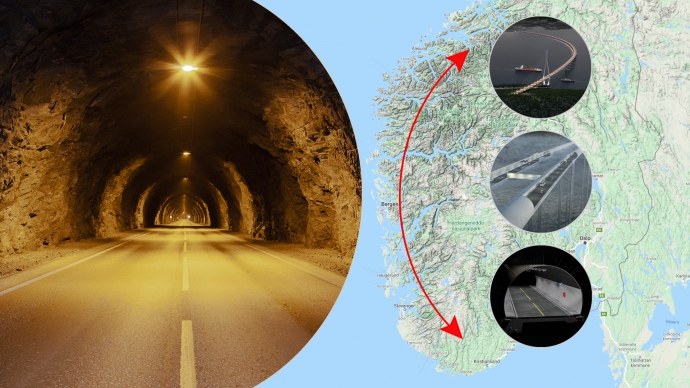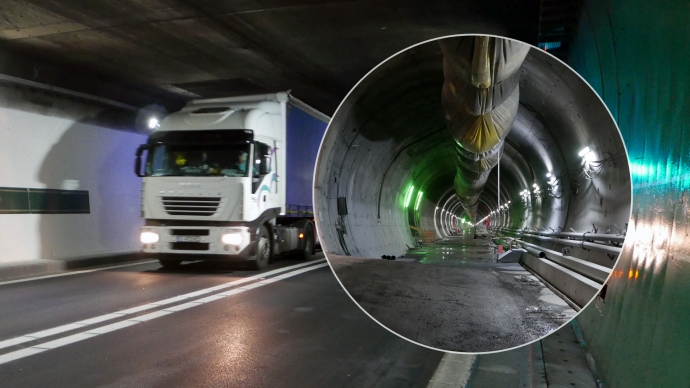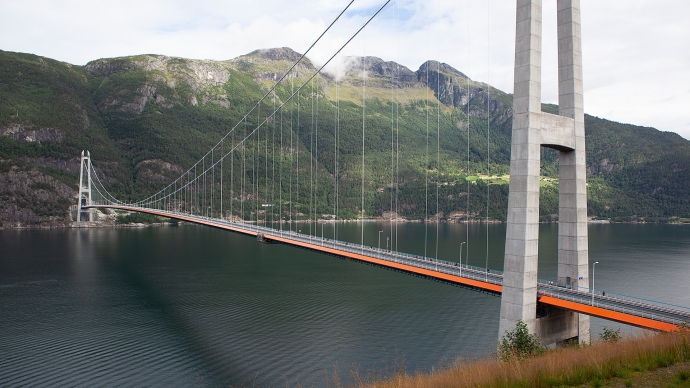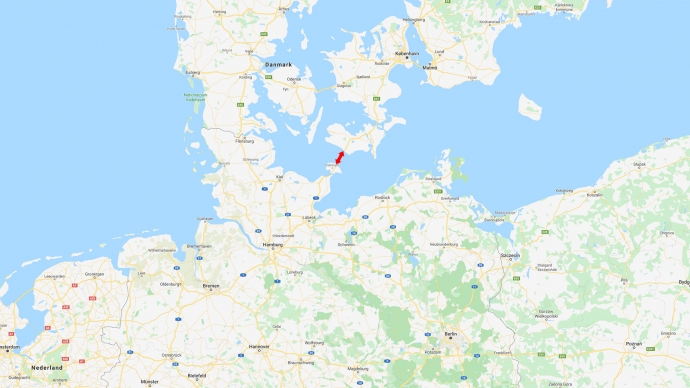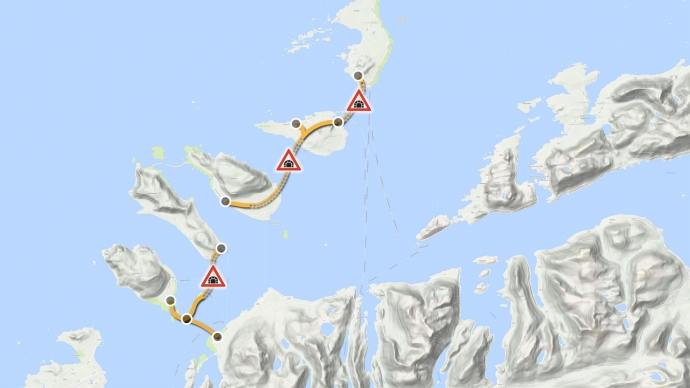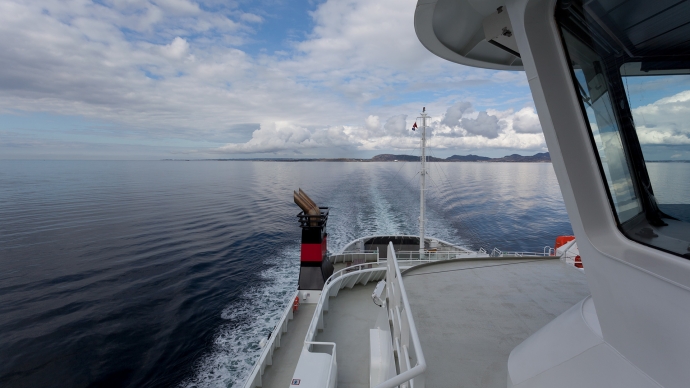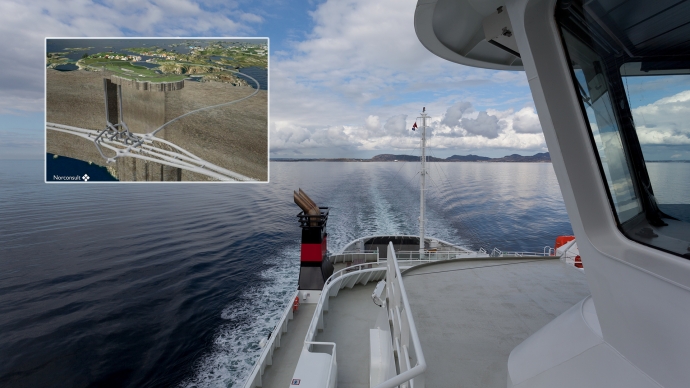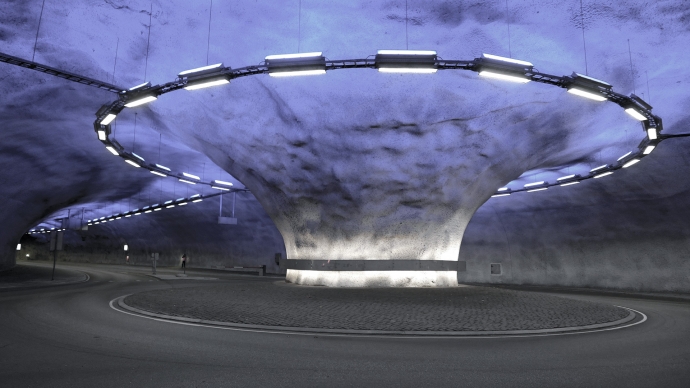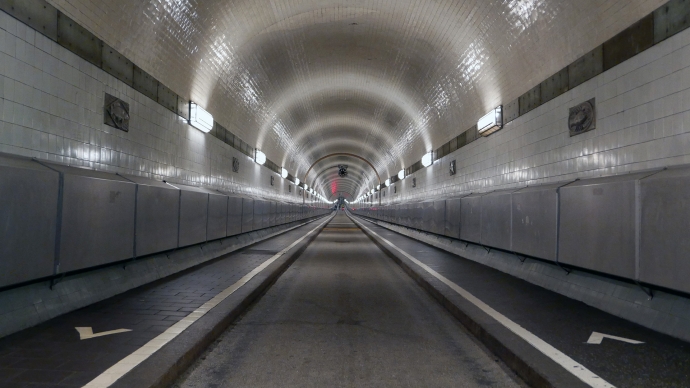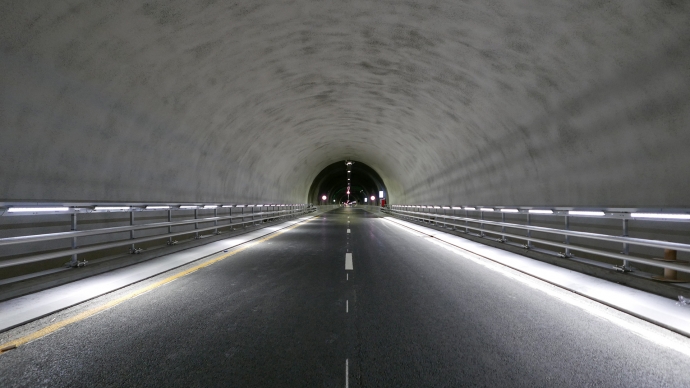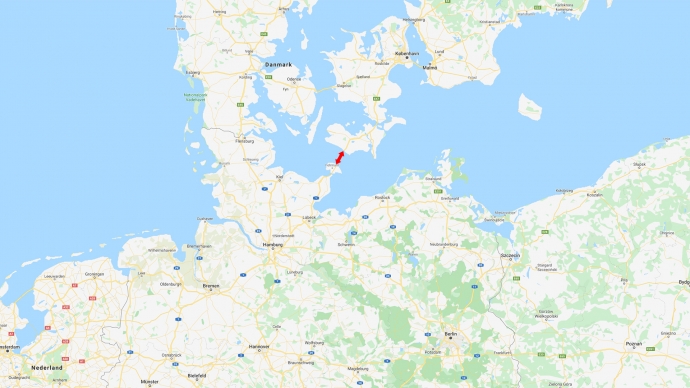In total, the Norwegian government has planned to spend 120 billion Euros to develop an efficient, environmentally friendly and safe transport system. A transport system that will add many large and complex tunnel systems on both road and rail.
All Stories
There are now extensive discussions in Norway about prioritizing between major infrastructure projects. While the road authorities and important stakeholders want to give priority to new major transport links that will connect the entire west coast together, then regional politicians and regional authorities want to start other major projects to replace vulnerable road network and make exsisting road infrastructure far more safe.
The Fréjus Road Tunnel is a bidirectional single tube tunnel that connects France and Italy and runs under the Cottian Alps between Modane in France and Bardonecchia in Italy. The tunnel represents major challenges when it comes to tunnel safety, not at least because of the steep climbs up to the tunnel, and most of the 200 professionals working in Fréjus tunnel are taking care of public safety on a daily basis. Opening up a second tunnel tube for traffic will improve safety significantly for this high-risk tunnel between Lyon and Torino.
The Hardanger bridge & tunnels opened 17 August 2013. The bridge is a two-lane suspension bridge with walking and bicycle paths. The bridge has a main span of 1,310 meter and a total length of 1380 meter. The bridge goes into the mountain on both sides of the fjord. Both tunnels have roundabouts. One of the tunnels, Vallaviktunnelen, is 7.5 kilometer long.
The project has progressed well with with preparatory activities to prepare to build this 18 kilometre long immersed tunnel. The preparatory work on land is nearly finished, which means that the major tunnel contracts can start as soon as the approval is given from the authorities in Denmark and Germany.
Haramsfjord tunnel (3.5 km), Nogvafjord tunnel (5.7 km) and Fjortoftfjord tunnel (3,7 km) in the Nordoyvegen tunnel project is a few steps closer to construction. The tunnels were initially planned with a 10 percent incline, but later reduced to 7 to 8 percent due to a growing awareness to the fire hazard in steep subsea tunnels. The tunnels are still steep and need special attention when deciding the right safety systems, equipment and other safety measures. Reducing risk for fire is a high priority issue for these tunnels.
Already in the autumn of 2017, the first tenders will be announced in the longest and deepest road tunnel (subsea) construction in the world. The tunnel starts in Harestad (south) to Arsvagen (in north), and will be over 25 kilometers long. In addition a 2 kilometer ramp up to Kvitsoy will be build. E39 Rogfast is an important step in the development of the coastal road between Kristiansand and Trondheim. E39 coastal road is part of the overall transport network in the country. The coastal road is about 1000 km. This represents one-seventh of the total main road network in Norway.
The Kvitsøy contract is described as the most technically challenging of the three Rogfast contracts to be announced. There will be a 20.6 km tunnel, 4.5 km of road and five new bridges on Kvitsoy, and in addition two 250 meters ventilation shafts with a diameter of ten meters drilled down to bthe main tunnel under Kvitsoy (illustration: Norconsult/ Statens vegvesen).
A total investment of around 260 million Euros, which is by far the largest single investment ever made in the Faroe Islands, will be invested in two new tunnels. The Eysturoy tunnel – will be 7.1 km long and will connect the largest bay in the Faroe Islands, Skálafjørður, directly to Tórshavn. The longer tunnel will be 10.6 km long and will connect the island of Sandoy, which is currently only accessible by ferry, to Tórshavn.
St. Pauli Elbtunnel opened in 1911 and is a combined pedestrian and vehicle tunnel in Hamburg, Germany. The over 400-meter-long tunnel was a technical sensation in the early 1900. The need for refurbishment has reached this amazing tunnel in Hamburg.
The Ryfylket tunnel will be completed in 2019 and will provide connection between small communities and the large city municipality of Stavanger, Norway. A large population travel daily by ferry, and will in the future travel through this 50 km long tunnel project, consisting of three main tunnels.
Two long tunnels have been under construction in Iceland the last years. The 7,9 kilometer long Norðfjarðargöng tunnel opened earlier in November, and the 7,4 kilometer long Vaðlaheiðargöng tunnel will open late 2018.
The Fehmarnbelt tunnel is set to become the world’s longest combined car and rail tunnel. There is still approvals missing before the project is finally approved by all authorities. The German government approval of the Fehmarnbelt link is expected by mid 2018 according to the Danish Ministry of Transport, Building and Housing.

 En
En 
